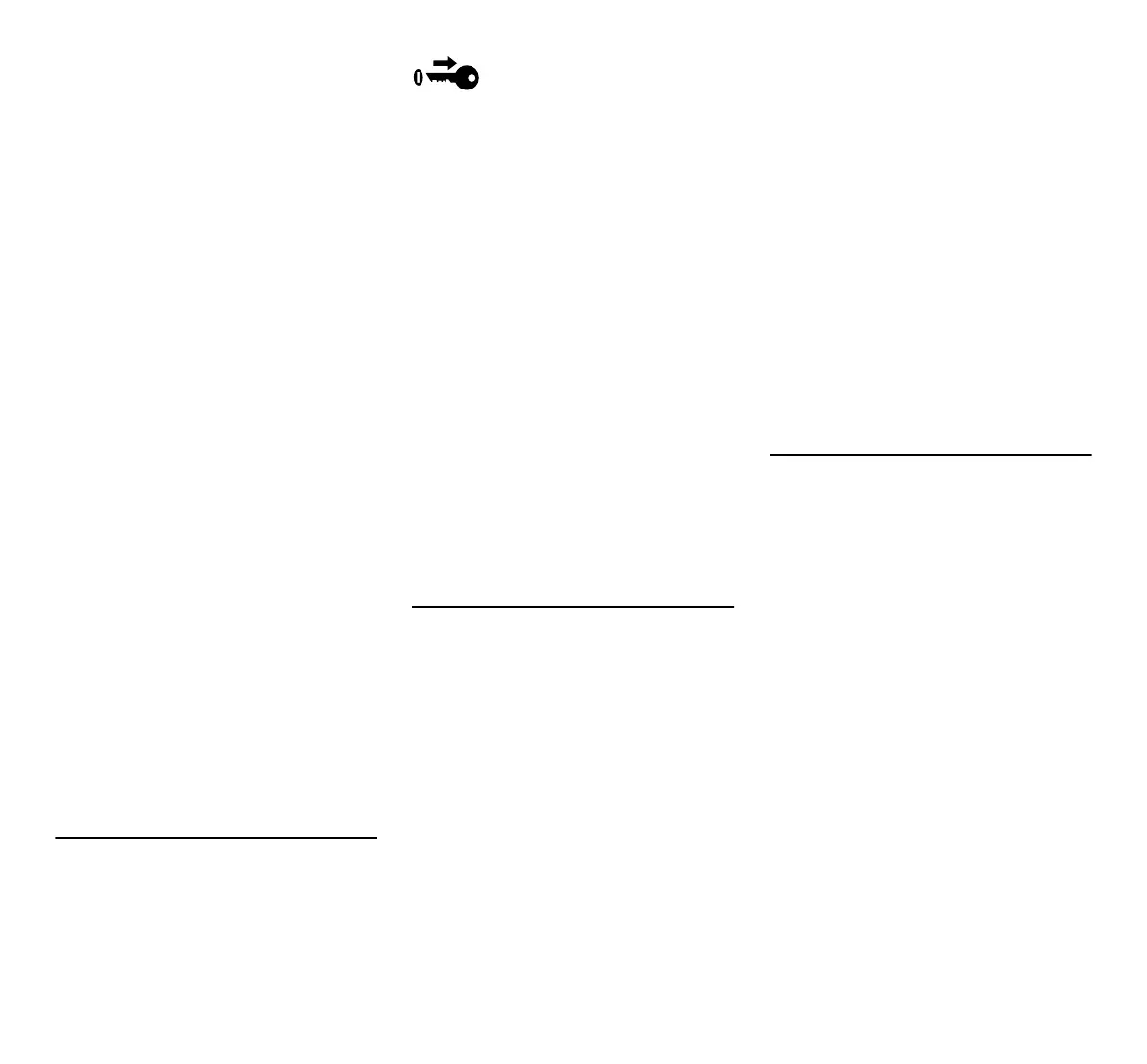0478 131 8327 B - EN
10
● The mains plug and electric cable are
particularly important when it comes to
electrical safety.
● Insert the mains plug in a correctly
installed socket.
An incorrect mains voltage or an incorrect
mains frequency during charging may lead
to overvoltage in the charger. The charger
could become damaged.
● Ensure that the mains voltage and the
mains frequency of the power supply
correspond to the information contained
in the rating plate on the charger.
A damaged or defective charger may emit
a strange odour or smoke. Persons could
be injured or property damaged.
● Remove mains plug from socket.
In the case of insufficient heat dissipation,
the charger could overheat, causing a fire.
Persons could be seriously or fatally
injured and property may be damaged.
● Do not cover the charger.
● Store the charger on the wall bracket.
If several chargers are connected to a
socket, electrical wires could become
overloaded during charging. The electrical
wires could heat up and cause a fire.
Persons could be seriously or fatally
injured and property may be damaged.
● Only connect one charger to a socket.
● Do not connect a charger to multiple
sockets.
4.6 Transporting the machine
Always wear gloves in order to prevent
injuries due to sharp-edged and hot
components.
Switch off the machine prior to
transport, allow the blade to
come to a standstill and remove the safety
plug.
Only transport the machine once the motor
has cooled down.
Take the weight of the machine into
account and use suitable loading aids
(loading ramps, lifters) if necessary.
Secure the machine and any machine
components being transported (e.g. grass
catcher box) on the load floor using
fastening material of adequate size (belts,
ropes, etc.).
Avoid contact with the mowing blade when
lifting and carrying the machine.
Observe the information in the section
"Transport". It describes how to lift and
lash the machine. (Ö 14.)
When transporting the machine, always
observe regional legislation, especially
regarding load security and the transport
of objects on load floors.
4.7 Transporting the battery
The battery is not protected against all
ambient conditions. If exposed to certain
ambient conditions, the battery may
become damaged and property may be
damaged
● Do not transport a damaged battery.
● Transport the battery in the machine, in
electrically non-conductive packaging
or in an electrically non-conductive
transport container.
During transport outside of the machine,
the battery could tip over or move. Persons
could be injured or property damaged.
● Pack the battery in the packaging or
transport container in such a way that it
cannot move.
● Secure the packaging or transport
container so that the packaging or
transport container cannot move.
Do not leave the battery inside a vehicle
and never expose it to direct sunlight.
Lithium-ion batteries must be treated with
special care during transport. In particular,
it must be ensured that short circuits are
prevented during transport of the batteries.
For this reason, keep the original
cardboard packaging of the battery and
always transport STIHL batteries either in
the undamaged original packaging or in
the lawn mower.
4.8 Before operation
Make sure that only persons who are
familiar with the instruction manual are
permitted to use the machine.
Observe the local regulations regarding
permitted operating times for gardening
power tools with electric motors.
Carefully inspect the complete area on
which the machine is to be used and
remove any stones, sticks, wires, bones
and other foreign objects which could be
thrown up by the machine. Obstacles (e.g.
tree stumps, roots) can be easily
overlooked in long grass.
For this reason, mark all foreign objects
(obstacles) which are hidden in the lawn
and cannot be removed before
commencing work with the machine.
All faulty, worn or damaged parts must be
replaced before using the machine.
Replace any illegible or damaged danger
signs and warnings on the machine. Your

